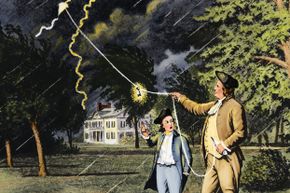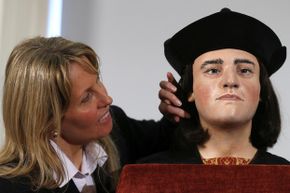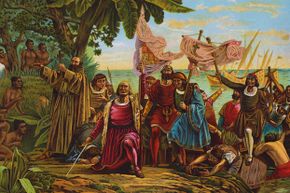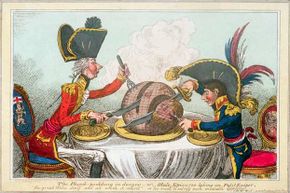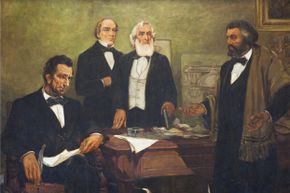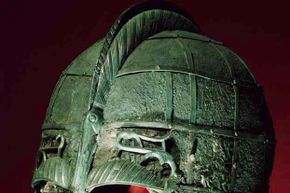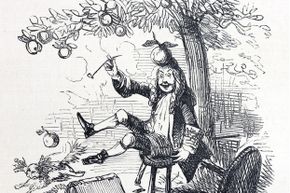We would like a word with our fifth-grade teachers. How is it that so many supposedly educated adults still believe that Benjamin Franklin discovered electricity when his kite was struck by lightning, and that Columbus discovered America while trying to prove that the world was round? It can't be because we're ignorant, or gullible, or both. Better to blame the fifth-grade teachers. For shame, Mr. Donnelly. For shame.
If you know — for a fact! — that Napoleon was the shortest emperor ever, and that Einstein absolutely failed math as a kid, then boy do we have some disappointing news for you. The real truth is that few of us have our facts straight when it comes to history. Keep reading to find out how wrong you've been, then go out and make your friends feel just as dumb! Our first false fact involves a beloved story from American history.
Advertisement

